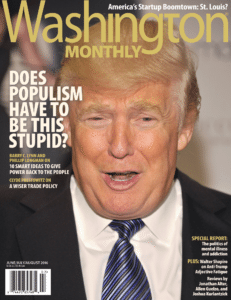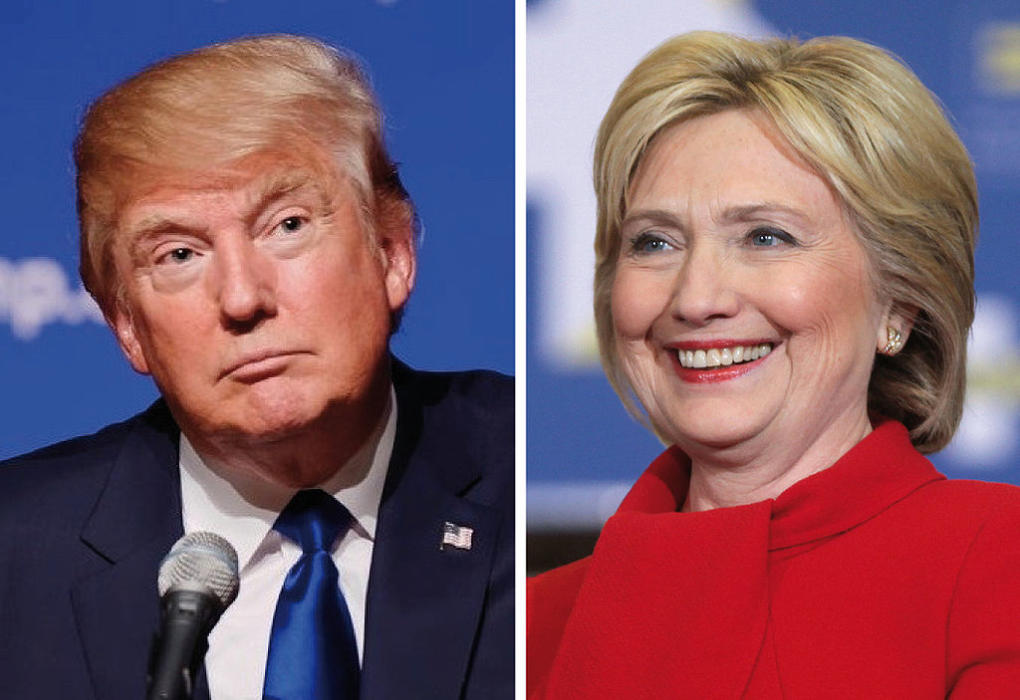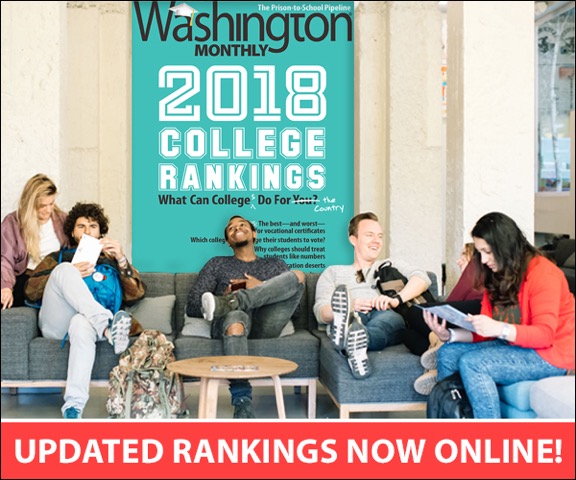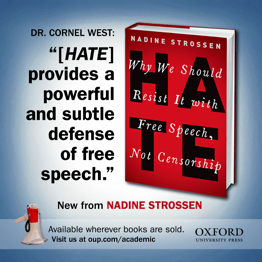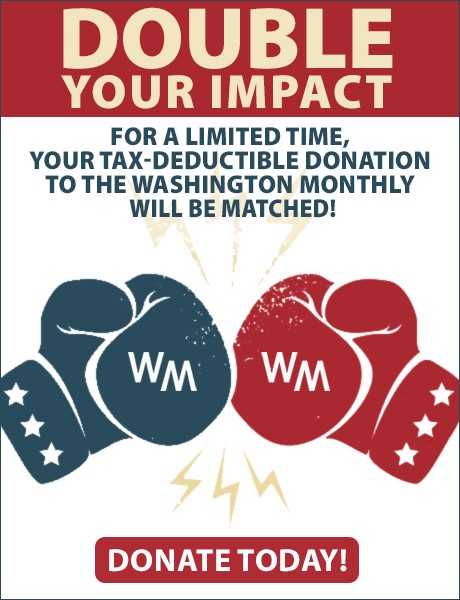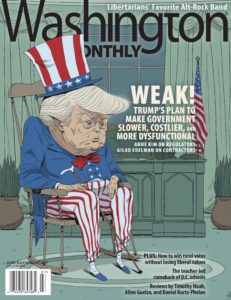This election, tens of millions of Americans are trying to figure out where their candidates stand on the issues. But taking a stand can mean losing a vote, so increasingly savvy politicians are avoiding it.
For example, a website called Vote Smart asks California Republican Congressman Ed Royce if he “supports government subsidies for renewable energy.” He hasn’t answered, so researchers at Vote Smart have inferred an answer: yes, he does, based on a convoluted campaign statement in which he offers “an ‘all of the above’ approach to increase all forms of American energy.”
But another site, OnTheIssues, describes Mr. Royce as “strongly opposed” to “prioritizing green energy.” He hasn’t responded to their survey either. OnTheIssues bases its inference on more than a dozen votes on energy bills, including a 2008 vote against the Renewable Energy and Job Creation Act.
So which is it? The fact that two nonpartisan organizations can come to such different conclusions in answering such a basic question shows how hard it can be to provide voters with reliable information on candidates’ policy positions.
Today there are a number of groups trying to provide this information nationwide, but thirty years ago there were none. During an unsuccessful Senate campaign in 1986 against then Arizona Congressman John McCain, Richard Kimball was frustrated by advisors who focused on his “positives” rather than his policies. His wife, Adelaide, told me that after losing the race, the couple wondered, “Is it possible to pull together an independent resume for candidates with factual information?”
They started Project Vote Smart to do just that. After a small test in 1988, they launched ahead of the 1992 election.
Their “Political Courage Test” surveyed candidates for their positions on a range of issues selected by a board including members from across the political spectrum. It was supplemented with public information like statements, votes, and campaign contributions. The results were available by mail and a toll-free hotline.
Answers to the test were central to the project, and Vote Smart’s initial results were encouraging: in 1992, 50 percent of surveyed candidates responded—including Ed Royce. That number rose to 72 percent by 1998. That year, Jesse Gordon co-founded OnTheIssues and began distributing its “Vote Match” quiz to candidates for national offices.
But, Gordon told me, campaigns around that time began to realize that there was little practical incentive to answer the survey questions. Most of them stopped replying to avoid providing their opponents with material for attack ads. Adelaide Kimball of Vote Smart recalled how one campaign manager put it: “It’s not our job to educate; it’s our job to win.” Today, she said, just 20 percent of campaigns respond to Vote Smart, and Gordon said that fewer than 5 percent respond to OnTheIssues.
There are now three basic strategies for providing issue information. The first and most popular, used by Vote Smart and OnTheIssues, relies on research. This is also the strategy of Ballotpedia, which started covering ballot initiatives and judges in 2007 and has grown today into a self-described “encyclopedia of American politics.” Vote Smart expects to inform 8 million voters through its website this election; OnTheIssues and Ballotpedia expect 20 million each.
The example of Ed Royce on renewable energy shows how different research methods can yield contradictory results. Walker McKusick, Vote Smart’s national director, said that his site uses Royce’s campaign statement, rather than his voting history, because “due to the number of riders and additional regulations that can be contained in legislation, we have found that voting records are not always the best indicators of a candidate’s stance on a single issue.” That is, even if you support the policy, not every bill that subsidizes renewable energy is a good bill. When I pointed out that Mr. Royce has never voted in favor of a renewable energy bill, McKusick said he would take another look at Vote Smart’s determination.
Inferring where a politician stands on an issue is not a simple calculation. The question is how to weigh competing pieces of evidence as well as different kinds of evidence. There’s no definitive answer, but OnTheIssues seems to have struck the better balance: present all the relevant evidence, assess how strongly each piece supports or opposes a position, and summarize it with an average.
A second strategy for position information forgoes inferences altogether. That’s the approach of BallotReady, a University of Chicago startup that collects statements from campaign websites and presents them directly to users. They hope to reach a million voters this election.
Because Royce doesn’t take an explicit position on renewable energy subsidies on his website, none appears on BallotReady. But the company has extracted his support for “increasing domestic energy supply.”
Gordon, who has two decades of experience dissecting campaign statements at OnTheIssues, described “domestic energy” as a euphemism for “I don’t want to spend money on alternative energy, I want to focus on cheap oil.”
But BallotReady users unfamiliar with that term will have to guess Royce’s position on renewable energy subsidies. And although they’ll see statements in eleven issue categories in this race—from abortion to veterans—just one of them has positions from both Royce and his opponent, Democrat Brett Murdock.
Alex Niemczewski, BallotReady’s CEO, told me she believes that any moderation of candidate statements would “introduce some sort of bias.” That’s true—but an unmoderated marketplace of ideas has its own biases. Candidates can take empty and misleading positions, or avoid taking them altogether. Other sources use editors, research, and surveys to put opponents in conversation about concrete issues. On BallotReady, the candidates are often silent or talking past each other. At Ballotpedia, director of editorial services Matt Latourelle said he has “found that it takes a bit more explanation and context to be neutral and provide the full picture.”
But getting the full picture is expensive. Gordon, the OnTheIssues co-founder, said his organization doesn’t even have the resources to cover the challengers in the U.S. House. Foundations have all but given up on Vote Smart, which is now 90 percent member funded and relies on student interns to cover down to the state legislature. Only Ballotpedia is expanding, with local coverage in the 100 largest cities and seventeen of the largest counties, but down-ballot issue information is currently scarce.
Meanwhile, BallotReady is aggregating issues down the ballot in twenty-five states this election. How? Its approach is by far the cheapest. And it’s a for-profit running on a seed investment with a proposal for a novel business model: selling data to campaigns for targeting and persuading voters. The site records your home address and your clicks on candidates and issues; you’re encouraged to provide your name and e-mail address and to save your preferred candidates. There have been no sales to date, but the privacy policy enables selling your individual data with no restrictions. This could be a solution to funding down-ballot information, but it raises privacy concerns—and the question of whether a site whose customers are campaigns can insulate itself from partisan pressures.
There’s a third strategy for issue information, and it also covers races down the ballot. e.thePeople is an online platform for voter guides, which are surveys written by local groups. The largest is Vote411, a project of the grassroots network of League of Women Voters chapters. e.thePeople expects about 4 million visitors this election.
Because they are locally written, voter guides can ask locally relevant questions. For example, the newspaper the Sacramento Bee asks candidates for mayor of Elk Grove, California whether they support a subsidy for a new Costco store or a proposal for a casino. Six of the seven candidates have responded.
In contrast, just three of those candidates have websites with issue pages. The statements there vary; some are informative (“free public transit use [for] all residents”), but many are not (“a campaign to encourage community involvement”). BallotReady only extracts a fraction of these stances and does so independently of whether they are informative or not.
While politicians have all but rejected surveys from Vote Smart and OnTheIssues, voter guides get an average response rate of 60 percent, with some as high as 90 percent, according to Alex Quinn, the executive director of e.thePeople. Jeanette Senecal, director of elections at the League of Women Voters, told me that response rates increase over time as a guide becomes more established. But asking questions and getting responses requires local resources. Voter guides are covering only about a quarter of the country’s races this election.
Savvy campaigns and insufficient resources are obstacles to good election information, but there’s a more fundamental problem: actually getting through to voters. Political science research has long shown that partisanship and incumbency—not policy—are the strongest predictors of votes. Meanwhile, polarization between the major parties is increasing, and voters misinterpret information to conform to their partisan beliefs. In other words, they’re irrational.
In light of this, it’s no surprise that candidates who don’t respond to questions about issues haven’t faced significant consequences from voters. Project Vote Smart was started three decades ago on the premise that politicians should not control our political discourse. Today, they tend to get away with doing just that. Voter guides and other local efforts that actively engage politicians look like a better hope for making government more responsive—but it’s ultimately up to the voters to prove that they care.
